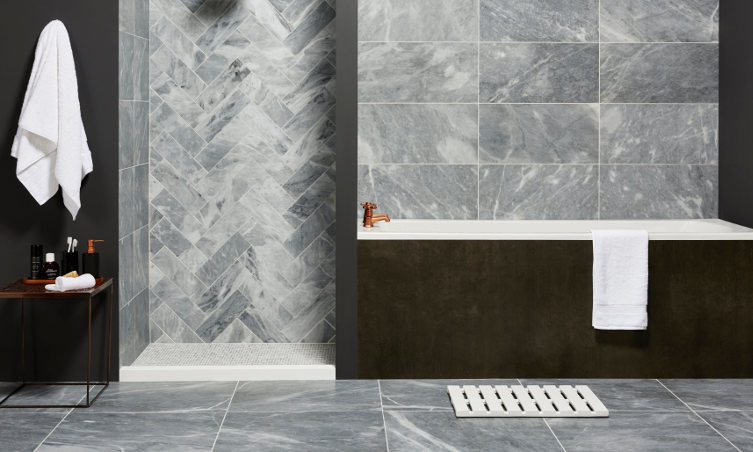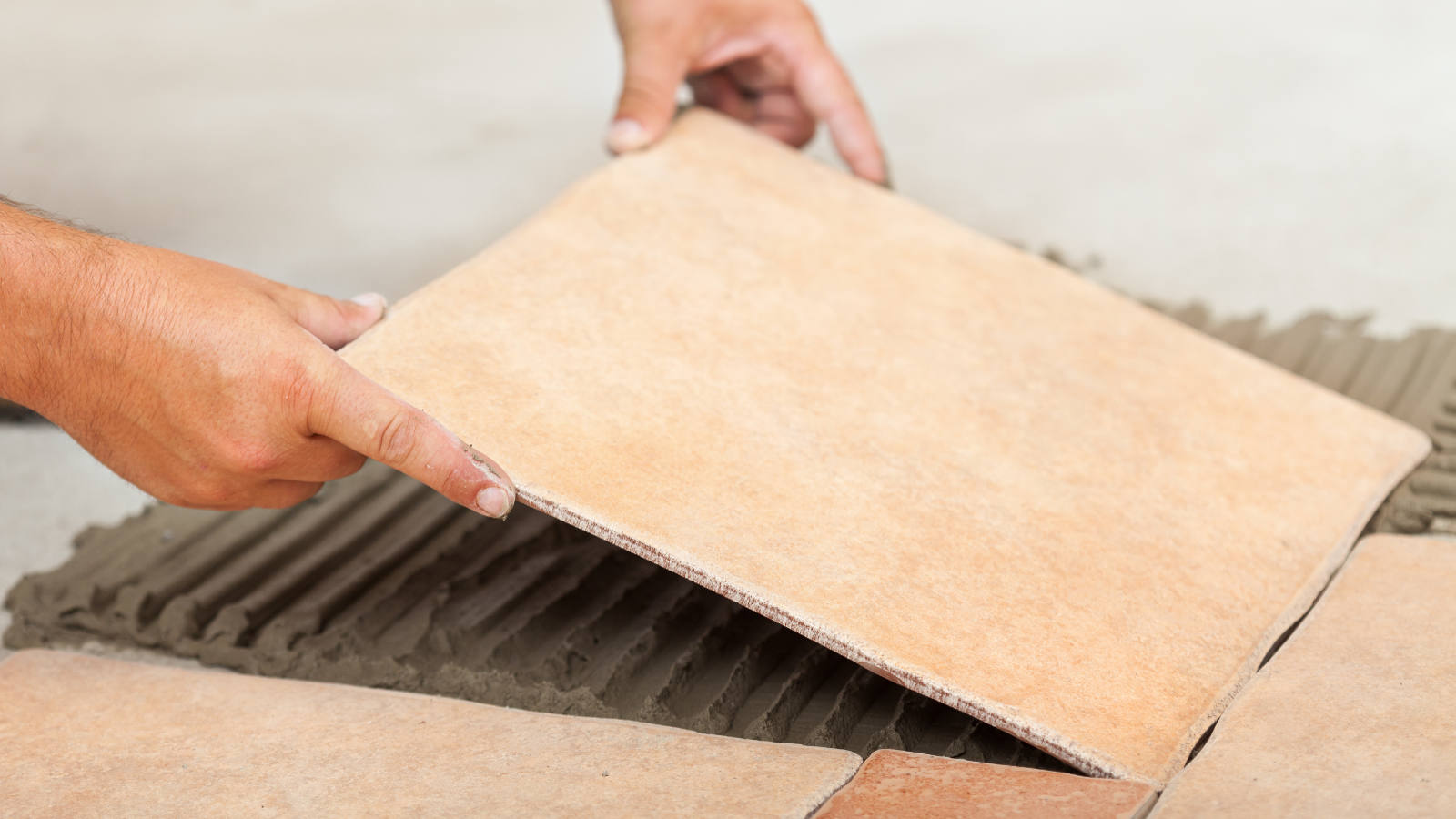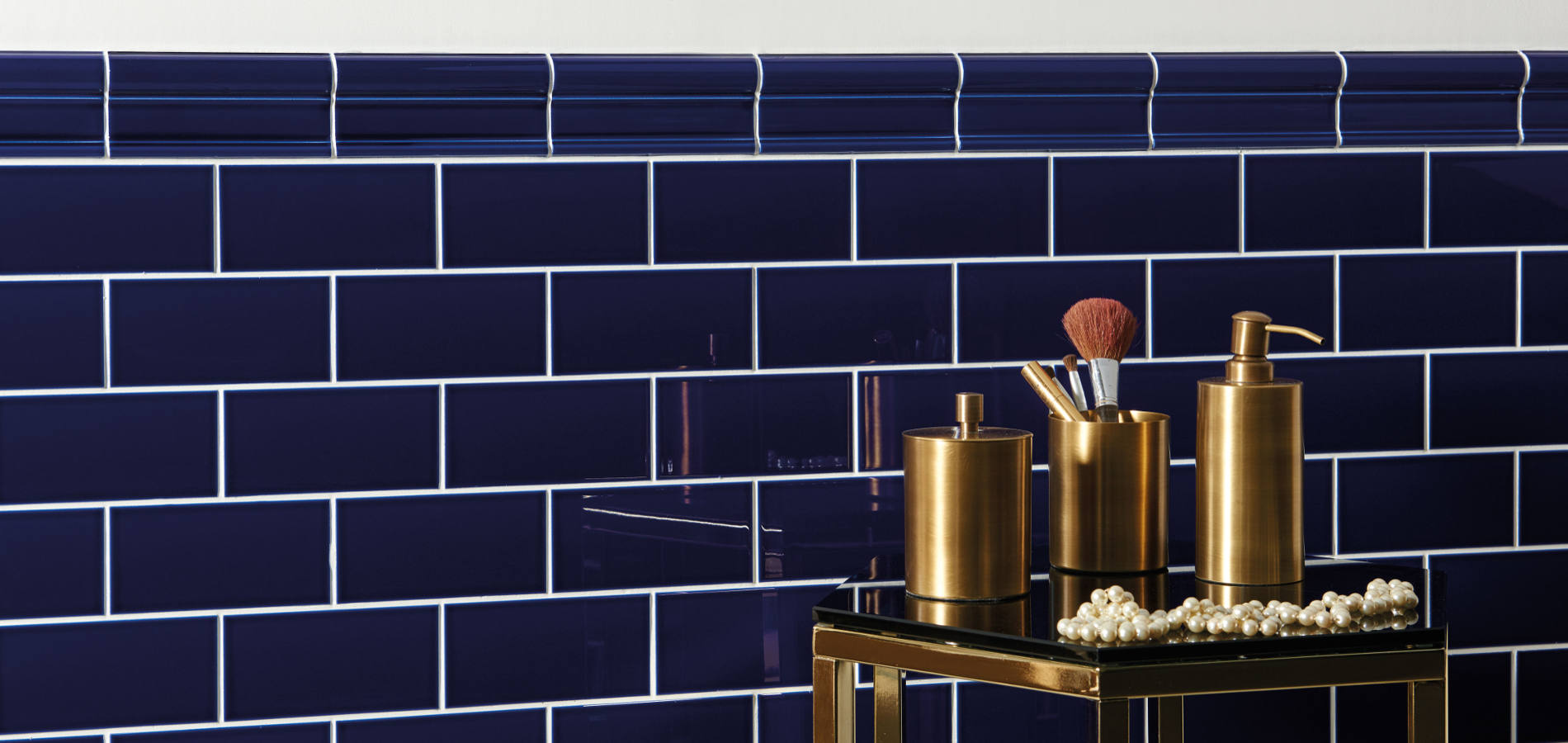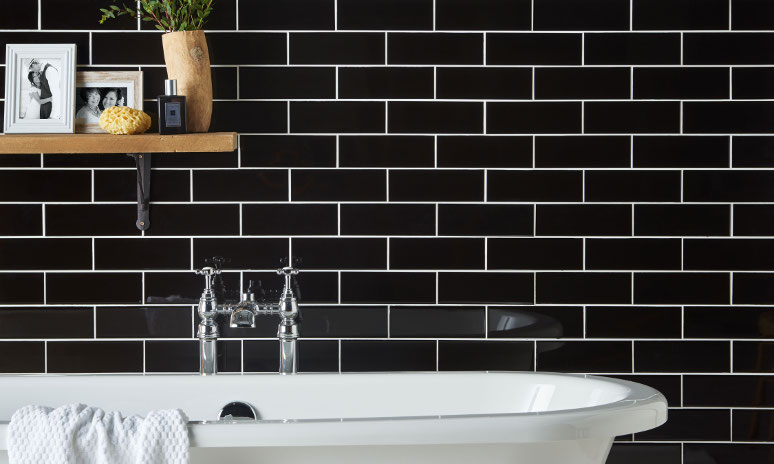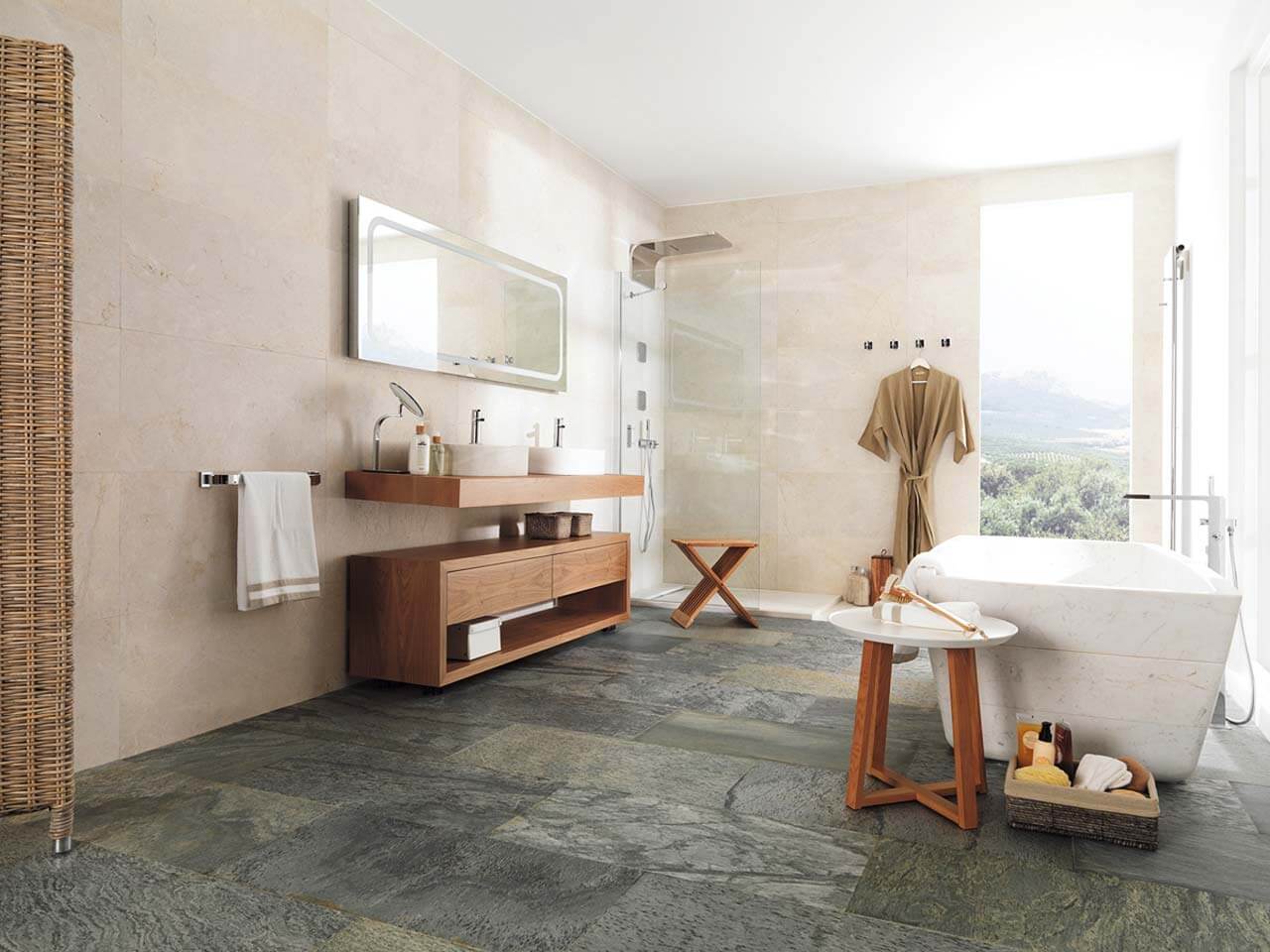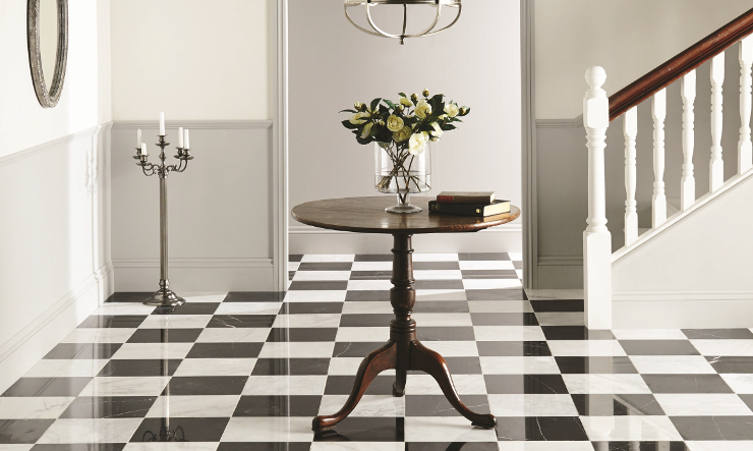If you’re someone who loves to get involved in arts & crafts activities, you’ve probably got an interest in creating wonderful mosaic or tiling designs with the help of some spare tiles that often go unused. It’s always recommended that you look to get hold of a few spare tiles before a tiling job, as you may require replacements due to damage or you might be unaware of the exact measurements. So if you do have some left over, here are three other uses of natural stone tiles that we’ve come across in the past that are great for those with a creative mind!
Tabletops
If you’re looking to put a smart tabletop somewhere in your home, such as in the hallway or possibly even the front room, you can improve its interior design potential by decorating the surface with coloured stone tiles. Simply apply your preferred paint to the stone tiles, whether they’re still intact or not, and decorate your tabletop with them!
Necklaces
You can create a stunning piece of jewellery with the help of some spare stone tiles as well. Start by cutting your preferred shape from the tile you have left over and proceed to decorate however way you like! Once you’ve got hold of the finished article, place a hole in the top centre area of the tile so it can be sued with a chain.
Coaster
Are you having trouble with tea or drink stains as a result of having no coasters? Stone tiles are perfect for placing drinks on, especially hot drinks such as tea or coffee. Place a thin, fabric material underneath the tile to act as the surface of your coaster and proceed to decorate the top as you see fit.
